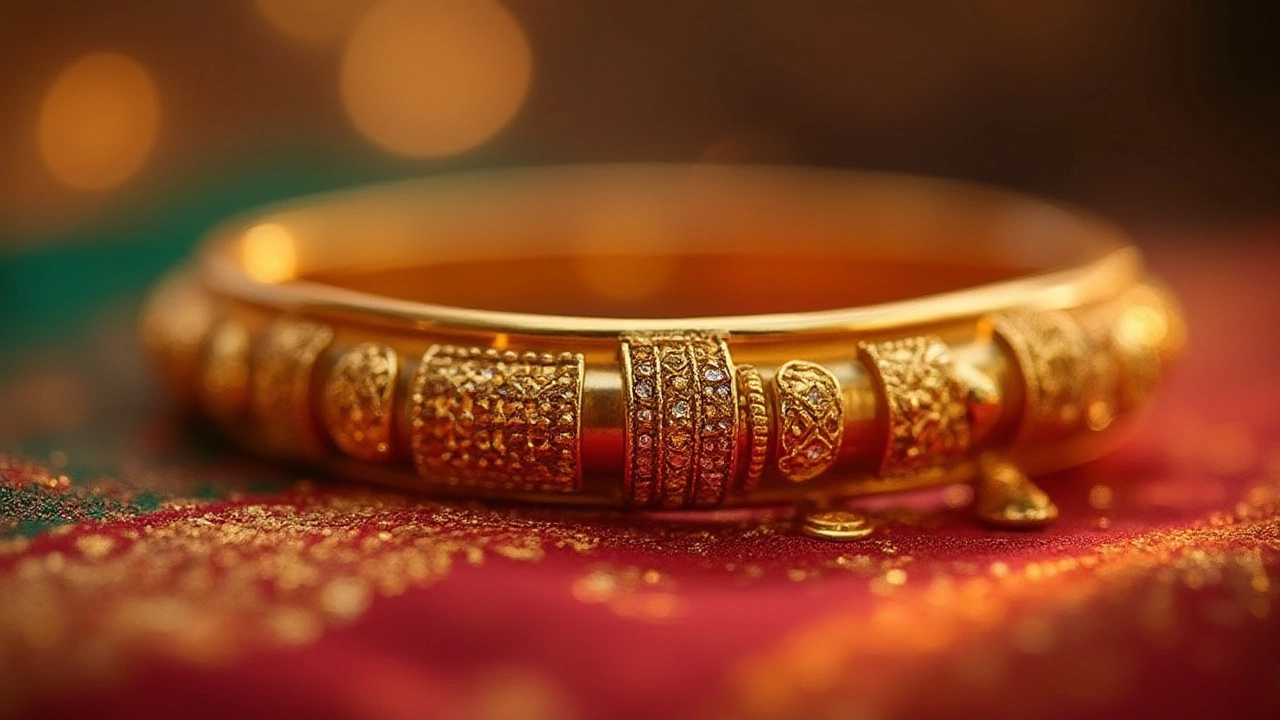
Curious about the 750 stamp on your gold jewelry? Learn what 750 means, its true gold content, value tips, and how it stacks up to other gold markings.
When you talk about Gold Jewelry Value, the monetary worth of a gold piece based on market price, weight, purity and design. It’s also called gold jewelry worth. This value isn’t just a number on a tag; it’s shaped by gold purity, the karat level that tells how much pure gold is in the alloy, the brand reputation, how trusted a maker or label is in the market and the craftsmanship, the skill and detail put into shaping the piece. Understanding these pieces helps you see why two similar looking necklaces can fetch very different prices.
First, purity drives the base price. In India, 22K and 24K are the most common standards. A 22K gold ring contains about 91.7% pure gold, while a 24K piece is virtually pure. Because pure gold is the most expensive component, higher karats usually command higher resale values, but they can also be softer and less practical for everyday wear. Knowing the karat lets you calculate the intrinsic metal value, which is a solid starting point for any valuation.
Next, brand reputation adds a premium. A design from a well‑known house like Tanishq or a heritage Surat maker often carries a markup beyond the metal content. This markup reflects quality assurance, after‑sales service, and the cultural cachet of owning a trusted name. Conversely, unknown makers may offer lower prices but also lower perceived value, which can affect resale later.
Craftsmanship is the third pillar. Intricate hand‑crafted work, unique motifs, or heritage techniques such as Kundan or Meenakari boost desirability. Even a plain gold chain can fetch more if the finishing is flawless and the clasp is sturdy. Buyers and collectors look for signs of good workmanship: clean joins, even polishing, and absence of visible solder marks. Good craftsmanship often translates to durability, which preserves value over time.
Design trends also play a role. Pieces that match current fashion—like chunky chains or mixed‑metal looks—tend to sell faster, though they might not hold long‑term value as classic designs do. Market conditions matter too; gold prices fluctuate daily based on global economics, so the same piece can be worth more in a bullish market and less during a dip. Finally, certification matters. Hallmarked items with a recognized BIS or IGI stamp reassure buyers about purity and authenticity, often fetching a higher price than unmarked equivalents.
Putting all this together, you can assess a piece by asking: What is the karat? Who made it? How well is it crafted? Is it hallmarked? And does the design fit current demand? Answering these questions gives you a clear picture of the gold jewelry value and helps you decide whether to buy, hold, or sell.
Below you’ll find articles that dig deeper into each of these aspects—price comparisons, buying guides, and tips for spotting genuine worth—so you can make confident decisions about your gold jewelry portfolio.

Curious about the 750 stamp on your gold jewelry? Learn what 750 means, its true gold content, value tips, and how it stacks up to other gold markings.